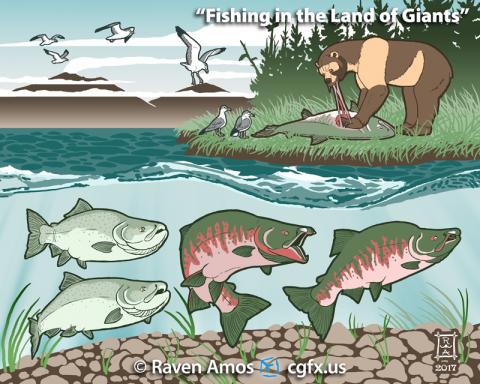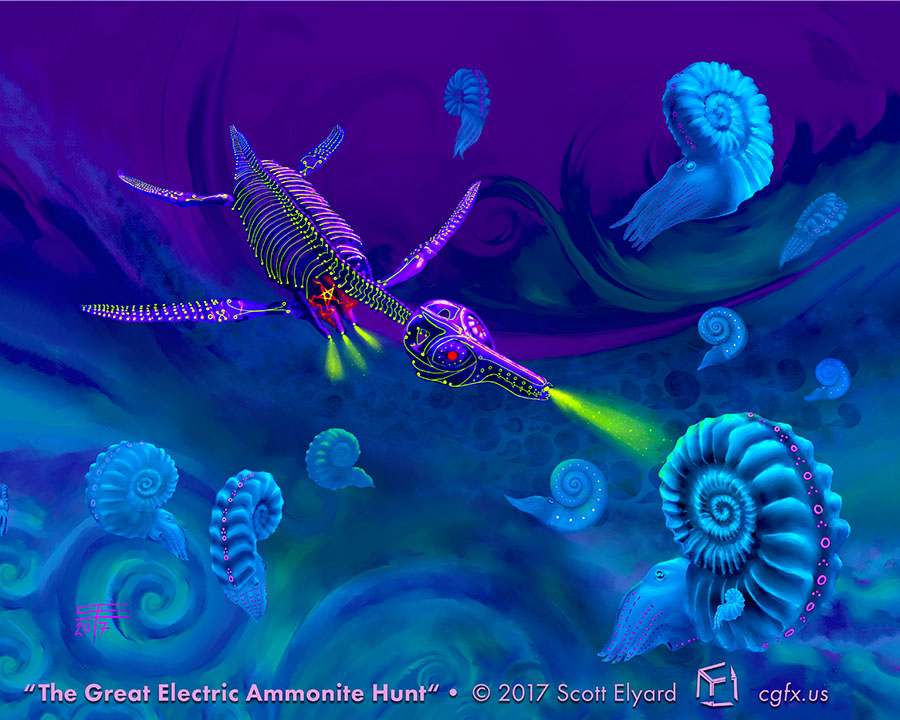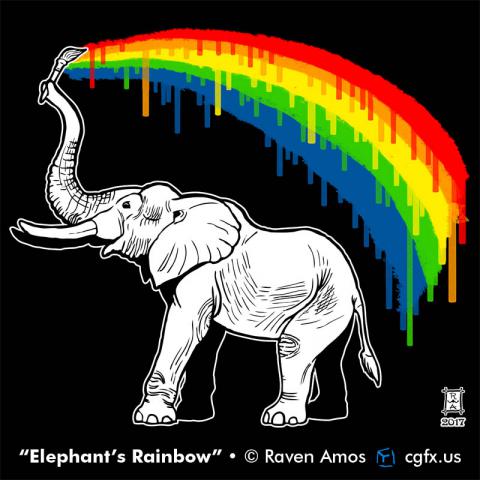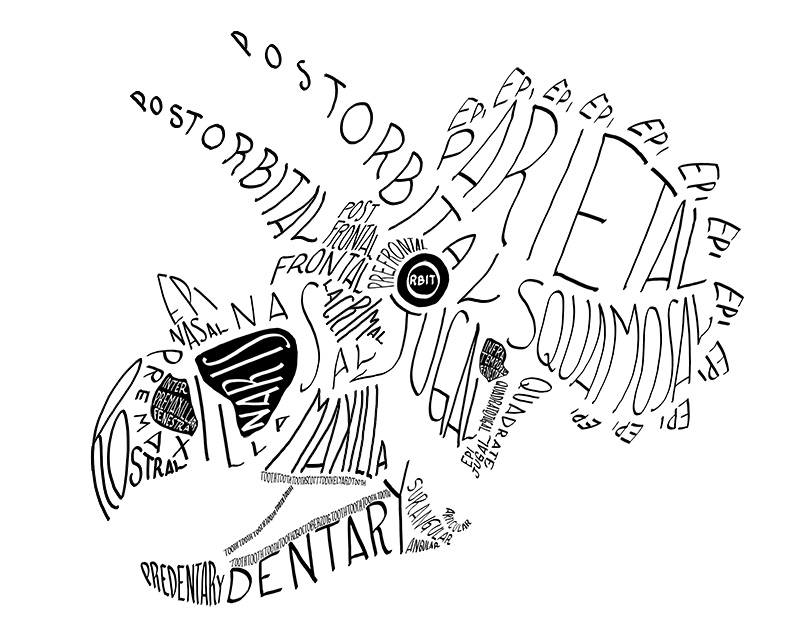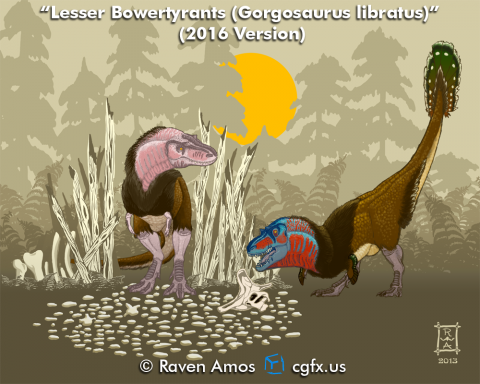Well, now. This is very different. Notice, however, how most of the usual suspects make an appearance, but I think it’s less clear which bone is the dominant in terms of size. At least, from the bones we’ve discussed. Look at that parietal. That’s most of the frill. It even gets its own entourage with smaller epiparietals. The jugal is no longer a contender. Which weighs more? I can’t guess.
But that postorbital horn also does an awful lot of work. Can you imagine tyrant lizard kings being jabbed with that? Or other Triceratops? Taking point is the epinasal, the third horn in in the tricerat-face.
Triceratops also had a beak. A big, scary one. Ideal for slicing and pulling vegetation, but biting sarcasm and wit were likely among its other uses. Biologists call that exaptation. It fit neatly over the lower part of the rostral and the end of the predentary, bones Tyrannosaurus doesn’t even have because it is lame in comparison.
Oh didn’t I mention? I’m a ceratopsian partisan. Always have been, since the time I painted a terrible picture—which I still have—in watercolor of a Triceratops facing an off-page foe in front of a volcano. There may have been cycads as well. I forget.
So I hand lettered these heads to show why ceratopsians are neat. You can too, if you enjoy doing so, or if you want to dispute my position—we’ll argue together in calligraphy.
This took:
Three months of work, really sweating out hand-lettering to make it legible and accurate. This was far more difficult than the tyrannosaur calligram, given that the illustrations and diagrams in the primary literature tended strongly towards confusing and complex with the suturing (the boundaries of the bones) that was difficult to discern.
Also, this was a challenging angle to work with. The changes in how the bones are named over the decades since the initial discovery and description of Triceratops, but with the critical assistance of Zachary Miller, Darren Tanke, Andrew Farke, and Denver Fowler, I think I was able to make something which works. I am in their debt. We're cobbling together some sort of crowdsourcing funding for us (more on this later), but for right now, you can support us by checking out the mugs, shirts, and other things for sale here.
Edit: Andy Farke was inadvertently omitted from acknowledgements. My bad.


